Detailed Guide To Barley Straw
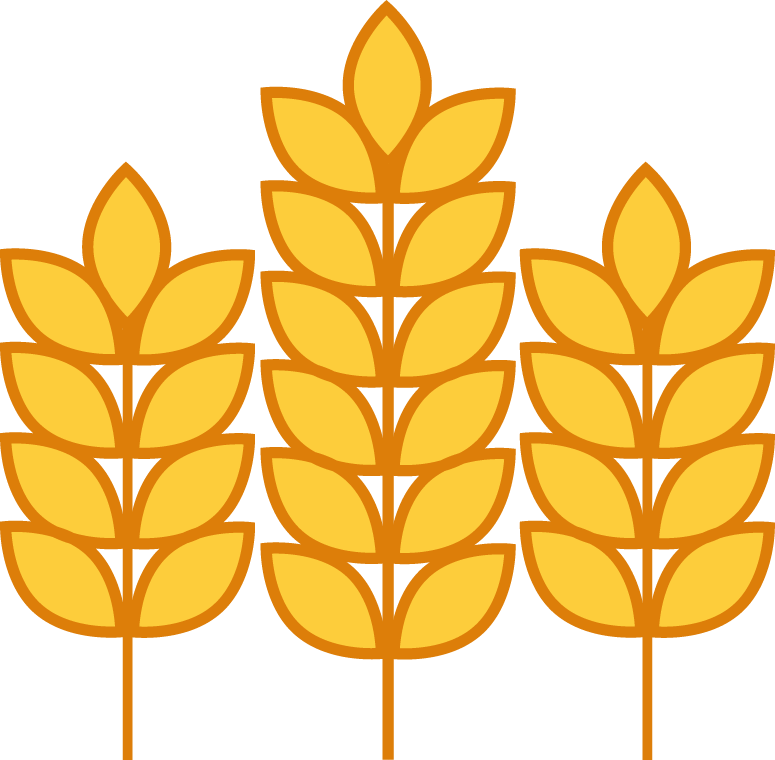
The Natural History and Science Behind Barley Straw for Algae Control
Barley straw has been used for centuries as a simple, effective, and natural method for improving water quality. From accidental discoveries in medieval times to scientific validation in recent decades, barley straw has earned its place as an eco-friendly solution for controlling algae, including toxic blue-green algae (cyanobacteria). Here’s a look at the history and the science behind this natural water treatment.
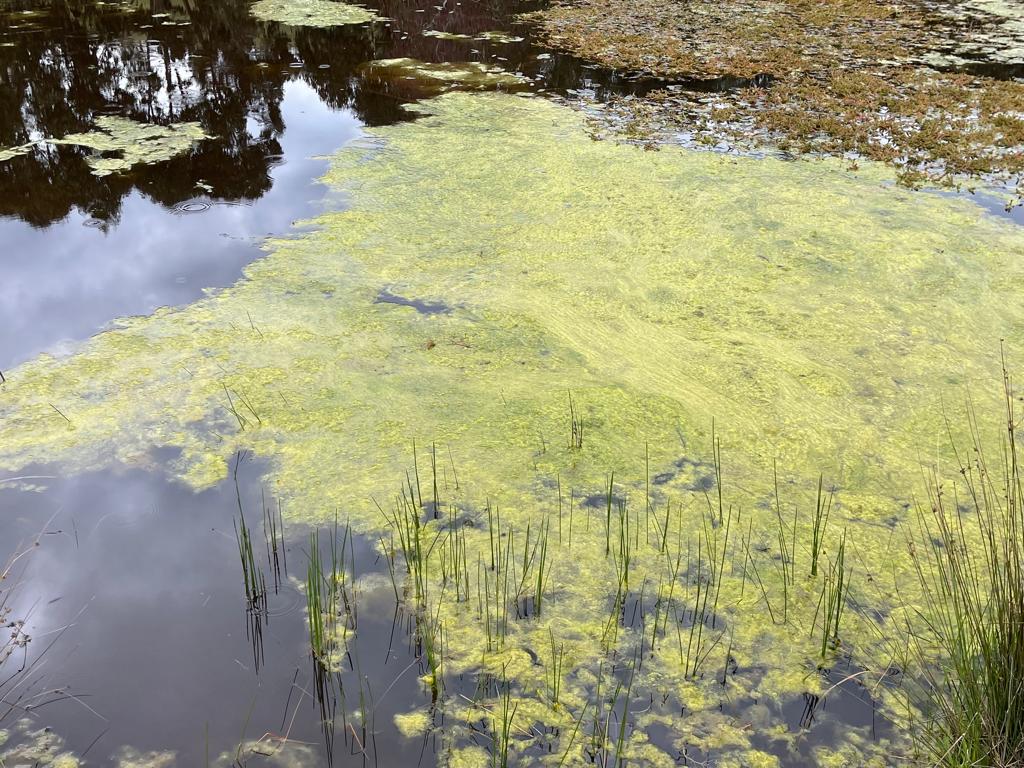
Ancient Beginnings: Early Water Practices
The use of barley straw to improve water quality dates back as far as ancient Egypt, where early civilisations observed that placing straw into water vessels helped make the water clearer and more palatable. Though the people of the time didn’t understand the biological or chemical reasons, they valued the practical outcomes. These early uses laid the foundation for barley straw’s role in water purification.

Medieval Europe: Accidental Discovery and the Rise of Practical Water Treatment
During the Middle Ages, access to clean, disease-free drinking water was extremely limited. Contaminated water sources often led to outbreaks of illnesses. As a result, beer became a staple beverage for both adults and children—not for recreational purposes, but because the brewing process made it far safer to consume than untreated water.
Barley was the key grain used in brewing beer. Once brewing was complete, large amounts of barley straw—the dry, hollow stalks left after harvesting were discarded, often thrown into nearby ponds and streams. Over time, villagers began to notice that water bodies containing barley straw were clearer, had fewer algae problems, and even became suitable for drinking.
This accidental yet repeatable observation led to the intentional placement of barley straw into water bodies to prevent algal blooms. Without knowing the science, medieval communities had stumbled upon a powerful and natural method of water treatment.
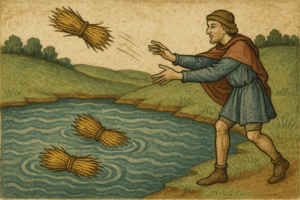
Modern Rediscovery: Scientific Validation of a Traditional Practice
The scientific community formally began investigating barley straw’s effects particularly in the United Kingdom, where farmers and pond owners had long used it as a folk remedy for murky water. Encouraged by these results, researchers began conducting experiments to understand how and why barley straw suppressed algae growth.
It was discovered that as barley straw slowly decomposes, it releases a complex mixture of organic compounds, including humic acids and small amounts of hydrogen peroxide. These substances are believed to inhibit the growth of many types of algae, including:
- Green algae, which clouds water and disrupt aquatic ecosystems.
- Filamentous algae, often seen as unsightly mats on the surface of ponds.
- Most importantly, toxic blue-green algae (cyanobacteria), which can pose serious health risks to humans, pets, livestock, and wildlife.
Field trials and practical use over decades have shown that barley straw can be an effective tool in the prevention and control of harmful algal blooms, especially when applied before blooms occur or at early stages.
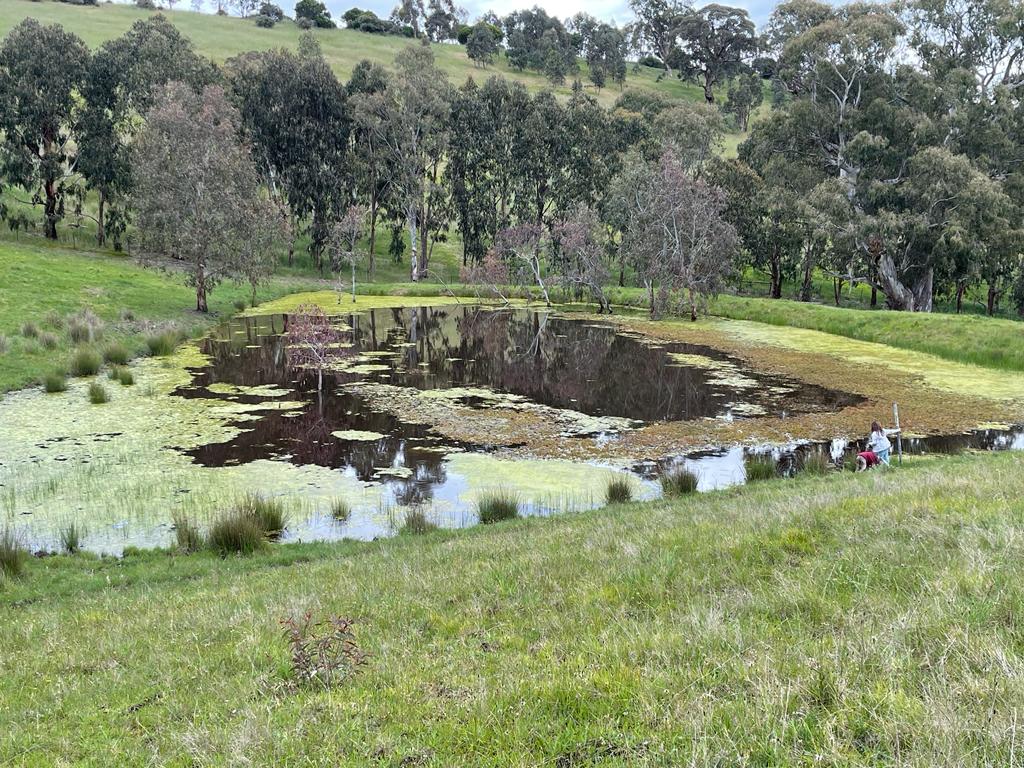
Implementation around the world
Controlling Toxic Blue-Green Algae Naturally
Blue-green algae, or cyanobacteria, thrive in nutrient-rich waters, especially during warm weather. Some species produce dangerous toxins that affect the liver, nervous system, and skin. These toxins can lead to pet and livestock deaths, recreational water closures, and costly water treatment challenges.
Barley straw provides a natural alternative to chemical algaecides, which often require repeated, treatments. Unlike chemicals, barley straw does not kill algae directly. Instead, it acts preventatively,
altering water chemistry in ways that inhibit algae’s ability to grow and spread.
When introduced into the water—ideally early in the growing season—barley straw can reduce the intensity and frequency of blue-green algae blooms, offering a sustainable, environmentally responsible
algae management strategy.
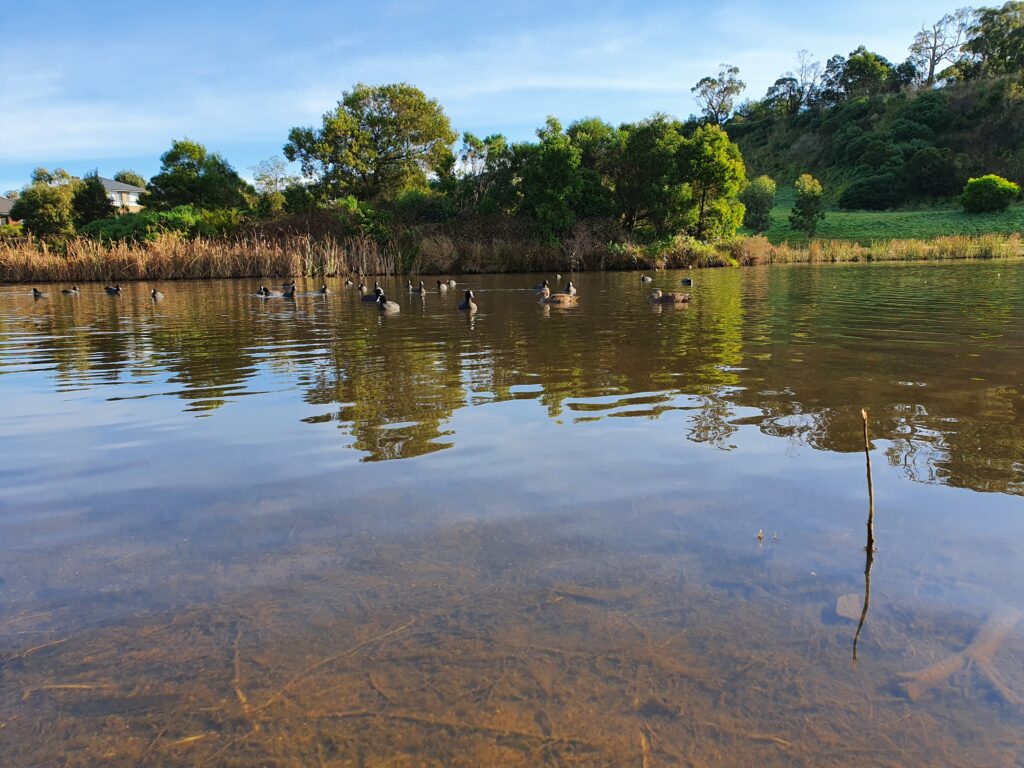
Today’s Use
Safe, Sustainable, and Proven
Barley straw is now used across the world in:
- Private ponds and dams
- Farm irrigation reservoirs
- Golf course water features
- Municipal stormwater systems
- Aquaculture and fish farming operations
Available in bales, mini-bales, pellets, and liquid extracts, barley straw is easy to apply and safe for fish, aquatic plants, and other wildlife. When used properly, it provides ongoing protection against algae while enhancing water clarity and supporting a balanced aquatic ecosystem.
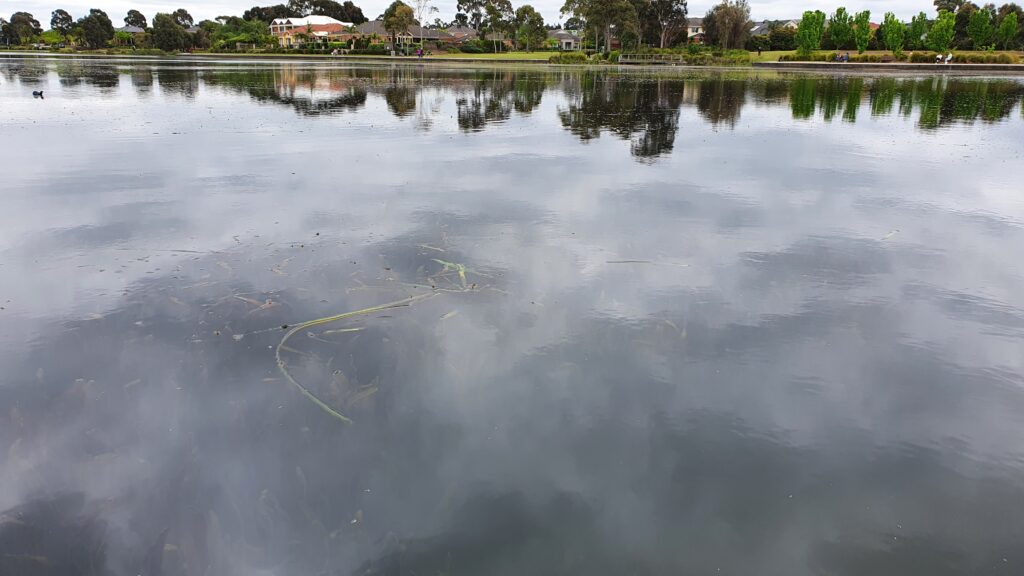
Why Choose Barley Straw?
Barley Straw Products can be purchased online just search barley straw online.